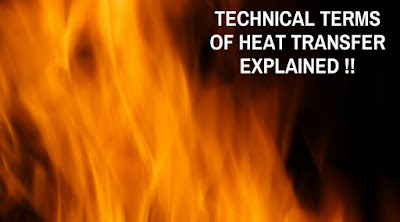2.)CHARLE’S LAW – At constant pressure, the volume of a gas is proportional to its absolute temperature. At constant volume, the pressure is proportional to its absolute temperature.
3.)CLOSED SYSTEM – The system which will have boundaries across which both heat and work can penetrate, but no mass will be permitted to cross them.
4.)Cp– Specific heat at constant pressure-Heat to be supplied to raise the temperature of 1 kg of gas through 1°C, the pressure being kept constant (in other words external work is done).
5.)Cv– Specific heat at constant volume-Heat to be supplied to raise the temperature of 1 kg of gas through 1°C, the volume being kept constant (in other words no external work is done).
6.)DALTON’S LAW OF PARTIAL PRESSURES – At a common temperature, a mixture of gases will exert on the sides of the vessel a total pressure equal to the sum of the pressures which each constituent would exert separately if it alone occupied the vessel.
7.)DRY SATURATED STEAM – Saturated steam, as generated from water, that contains no moisture in suspension.
8.)EQUIVALENT EVAPORATION – Amount of water in kg. that would be evaporated from water at 100°C into steam at 100°C and 1.03 kscm, by the heat put into steam actually evaporated in one hour by 1 kg of fuel.
9.)FACTOR OF EVAPORATION – A quantity which when multiplied by the amount of steam generated at a given pressure from water at a given temperature, gives the equivalent evaporation from and at 100°C.
10.)FLOW WORK – The product PV (pressure and specific volume) represents flow work in a steady flow system.

No comments:
Post a Comment